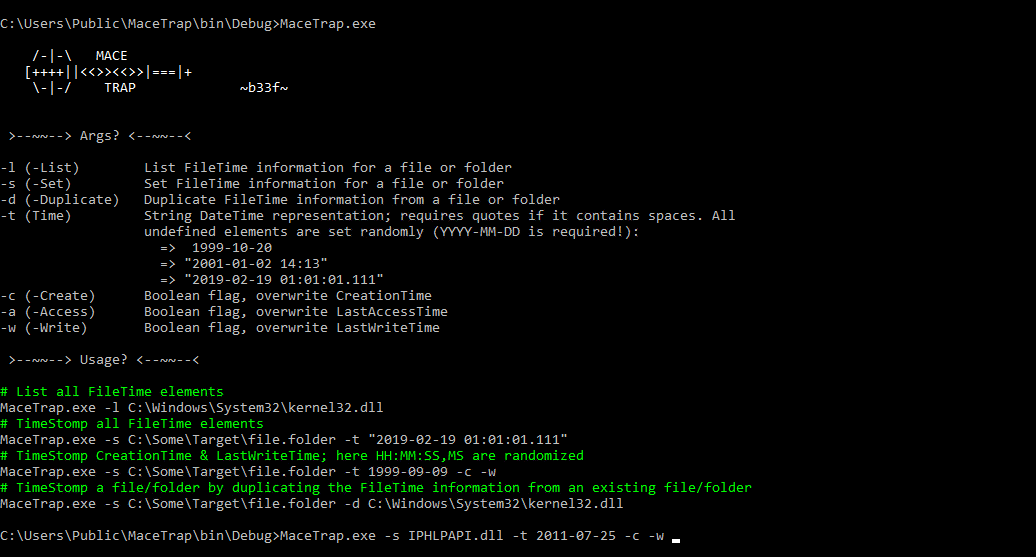

You can save TCPView's output window to a file using the Save menu item.

sigthief.py -i tcpview.exe -T Inputfile is signed Output file: tcpview.exenosig Overwriting certificate table pointer and truncating binary Signature removed. You can close established TCP/IP connections (those labeled with a state of ESTABLISHED) by selecting File|Close Connections or right-clicking on a connection and choosing Close Connections from the resulting context menu. This has really interesting results actually, can help you find AVs that value Signatures over functionality of code. Endpoints that change state from one update to the next are highlighted in yellow those deleted are shown in red, and new endpoints are shown in green. TCPView updates every second by default, but you can use the Options|Refresh Rate menu item to change the rate. On Windows XP systems, TCPView shows the name of the process that owns each endpoint.

You can use a toolbar button or menu item to toggle the display of resolved names. Starting TCPView will enumerate all active TCP and UDP endpoints, resolving all IP addresses to their domain name versions. The TCPView download includes Tcpvcon, a command-line version with the same functionality. TCPView provides a more informative and conveniently presented subset of the Netstat program that ships with Windows. On Windows Server 2008, Vista, and XP, TCPView also reports the process's name that owns the endpoint. TCPView is a Windows program that will show you detailed listings of all TCP and UDP endpoints on your system, including the local and remote addresses and state of TCP connections.


 0 kommentar(er)
0 kommentar(er)
